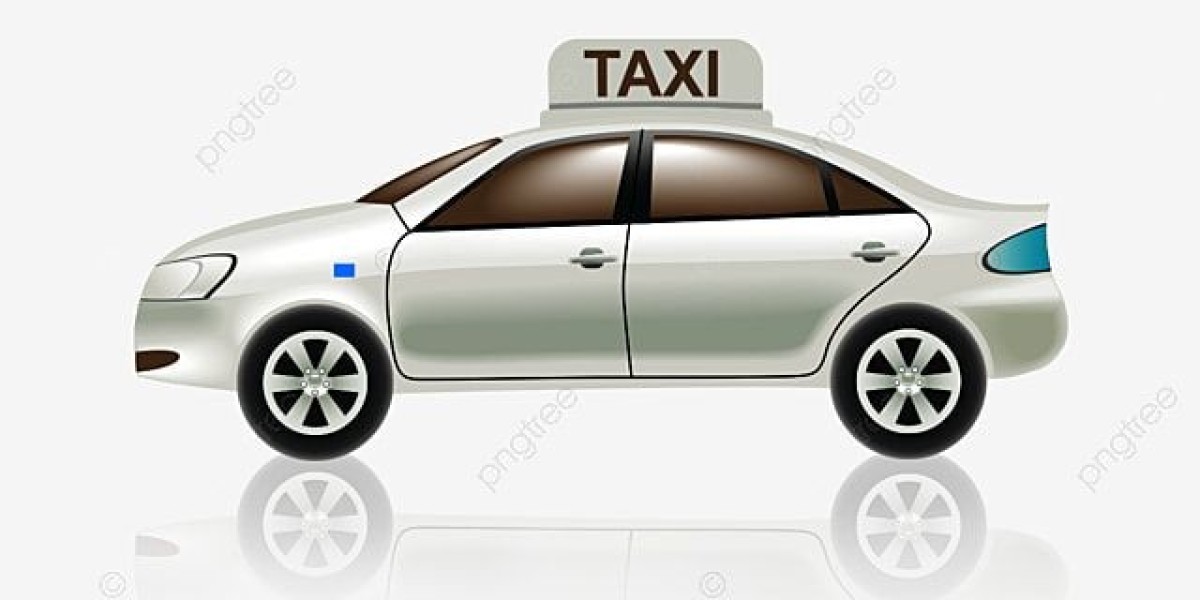Delhi, the heart of India, has always been a city of political and cultural significance. It played a crucial role in India’s fight for independence, serving as a focal point for many pivotal events and movements. The city witnessed key speeches, protests, and gatherings that galvanized millions to unite against British colonial rule. Today, its streets, monuments, and buildings still echo with stories of sacrifice, struggle, and victory. If you're planning to explore this historical side of Delhi, traveling via a Lucknow to Delhi taxi service ensures a comfortable and convenient journey.
Here’s a historical perspective on Delhi’s critical role in the Indian independence movement.
- Delhi Durbar and the British Rule
The British colonial era firmly established Delhi as a center of political power when the capital was moved from Calcutta (now Kolkata) to Delhi in 1911. The Delhi Durbar, held in 1911 to commemorate the coronation of King George V, was a show of imperial dominance. While the British tried to use Delhi as a symbol of their rule, the city also became the epicenter of dissent against the empire, setting the stage for its vital role in the independence movement.
- Mahatma Gandhi’s Role in Delhi
Mahatma Gandhi’s presence in Delhi was instrumental in shaping the independence movement. The city became a hub for many of Gandhi's peaceful protests, including the Quit India Movement of 1942. Gandhi frequently held meetings in Delhi with other leaders of the Indian National Congress to discuss strategies for nonviolent resistance. His stay at Birla House (now Gandhi Smriti) in Delhi is a historical landmark, as it was here that he was assassinated in 1948, shortly after India gained independence.
Key locations to visit:
- Gandhi Smriti (Birla House), where Gandhi spent his last days.
- Raj Ghat, where a memorial to Gandhi stands as a symbol of peace and unity.
- Jallianwala Bagh Massacre and the Ripple Effect in Delhi
Though the Jallianwala Bagh Massacre took place in Amritsar in 1919, its effects were felt deeply in Delhi. The massacre, which saw the brutal killing of unarmed protesters by British forces, ignited nationwide outrage. In Delhi, the event led to widespread protests, and many citizens joined the Non-Cooperation Movement launched by Gandhi in response to British atrocities.
Delhi’s streets became a battleground for civil disobedience, with residents boycotting British goods, schools, and institutions. The city was a key player in fueling the national sentiment of self-reliance and resistance during this period.
- The 1931 Round Table Conference and Delhi’s Significance
The 1931 Round Table Conference in London marked a critical juncture in the negotiation between Indian leaders and the British government regarding India’s self-rule. Upon returning to India, many leaders gathered in Delhi to rally support for continued resistance against British rule. The All India Congress Committee held important sessions in the city, pushing forward the agenda for Indian autonomy.
- The Quit India Movement in Delhi
Delhi was at the forefront of the Quit India Movement of 1942, a mass protest demanding an end to British rule in India. Led by Gandhi and supported by other national leaders like Jawaharlal Nehru and Sardar Vallabhbhai Patel, Delhi became a crucial site for meetings and demonstrations.
In the wake of Gandhi's arrest, protests broke out across Delhi. Students, workers, and common citizens took to the streets, and the city became a center for underground revolutionary activities. British forces responded with brutal crackdowns, but the movement had already gained unstoppable momentum, with Delhi at its heart.
- The Role of Red Fort in India’s Independence
One of Delhi’s most famous landmarks, the Red Fort, played a symbolic role in the independence movement. It became a symbol of India's freedom when Jawaharlal Nehru, India’s first Prime Minister, raised the Indian tricolor flag from its ramparts on August 15, 1947. This historic moment marked the end of British rule and the birth of an independent India.
Every year since, the Red Fort continues to be the site where the Indian Prime Minister addresses the nation on Independence Day, solidifying its connection to India’s freedom struggle.
Key location to visit:
- Red Fort: Visit the iconic fort and witness the place where India’s first flag was raised in 1947.
- Delhi’s Role in Partition and Independence
Delhi’s history during India’s independence is also intertwined with the partition of India and Pakistan in 1947. The city witnessed mass migrations, with refugees from Pakistan flooding into Delhi, reshaping its demographic and cultural landscape.
While Delhi celebrated freedom, it also faced the heartbreak and challenges brought by partition. The city provided refuge to millions, and the post-independence period saw efforts to rebuild and resettle displaced populations.
Exploring Delhi’s Independence Movement Today
Delhi is home to many monuments and museums that pay tribute to the Indian independence movement. For first-time visitors, here are some key spots to explore:
- Gandhi Smriti: A museum dedicated to Gandhi’s life and his role in the independence movement.
- Raj Ghat: The memorial site of Gandhi, symbolizing his legacy of non-violence.
- Red Fort: A UNESCO World Heritage Site and the location where India’s first Independence Day was celebrated.
- National Gandhi Museum: A rich collection of artifacts, books, and documents related to Gandhi’s life and work.
Getting to Delhi: Comfortable Travel Options
To explore Delhi’s rich history, consider using a Lucknow to Delhi cab. This travel option ensures a comfortable journey, allowing you to focus on immersing yourself in the city’s historical sites without worrying about transportation logistics. Whether you’re visiting the city for a historical tour or to experience its cultural diversity, these services offer flexible options to suit your travel needs.
Conclusion
Delhi’s role in India’s independence movement is an integral part of the country’s history. The city served as the political nerve center for discussions, protests, and historic events that led to the end of British rule. Today, Delhi stands as a living testament to the courage, sacrifice, and unity of the freedom fighters who gave their all for India’s independence. As you walk through the streets and visit the landmarks tied to the independence movement, you’ll gain a deeper understanding of the city’s profound connection to the country’s freedom struggle.








